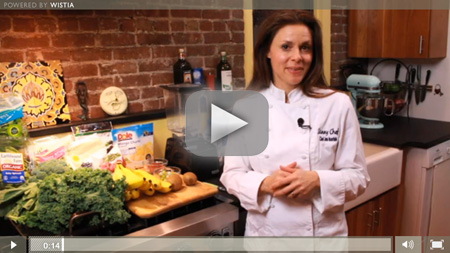Welcome back, and thanks for joining me again!
Today, I’m going to highlight some of my favorite healthy cooking techniques that anyone can use in the kitchen.
I worked in professional kitchens for much of my career, and learned a lot along the way. Here’s just a few of my tips and tricks for preparing healthy and delicious restaurant-quality meals in your own home.
Salt Is Not The Enemy
Salt is at the forefront of good cooking, so you shouldn’t be afraid of it! I’ve noticed that home cooks rarely use enough salt, presumably because they are worried about their sodium intake (which is a valid concern).
However, if you want to eat less salt, then limit packaged foods as much as possible and use less than one teaspoon of salt per day.
Ok, so why is using the right amount of salt so important?
The reason is that salt enhances the inherent flavors of food manifold, so by using a little more salt than you’re used to, you’ll be amazed how intense flavors can become!
Use Herbs, They Taste Great with Few Calories
Herbs are another wonderful way to add flavor to your food — start with parsley and basil that work with so many dishes. While dried herbs can quickly overpower, you should opt for fresh herbs that perk up foods with their fresh flavor.
Plus the oil components found for example in rosemary and thyme have also antimicrobial activity against many different bacteria and fungi. In fact, did you know that rosemary extract is used to help preserve ground turkey?
Searing Is A Must
There are a few things that are critical to searing meats properly. You need to make sure the skillet is preheated. You need the right size skillet — too big and the food will burn, too small and the food will steam.
Be sure to use the right amount of oil — too little and the meat sticks, too much and it fries.
The oil should lightly coat the bottom of pan and glisten when it’s heated through, and move around the pan like water when you tilt it. Start with a teaspoon of canola oil if you’re searing a chicken breast in a small skillet.
Now, why is searing so important? The reason is that nothing quite creates the same type of delicious taste than searing the outside of meats — so don’t miss out on another fabulous layer of flavor!
Ready, Set, Cook!
“Mis en place” is a fancy term chefs use for preparing your ingredients before you start to cook, but you don’t need to be a chef to pull it off at home.
When you prep your items first, it simplifies the whole process and makes for a less stressful cooking experience: it keeps the oil in your skillet from smoking or prevents food from burning simply because you’re not distracted by chopping vegetables.
Give It Rest
Meat — especially beef, lamb and pork — needs to rest before you slice it to allow the juices to redistribute. If you cut right into the meat once it comes out of the pan or oven, you’ll see the juices run out and the meat tastes dry.
Most cooked meats should rest anywhere from 5 to 10 minutes. And if you are nervous your food is going to get cold, you can tent some aluminum over it, but don’t cover it tightly or it may make the seared surface sweat.
Stay tuned until next time, when I give you some easy no-cook foods that you can make in a flash!
Talk to you tomorrow!

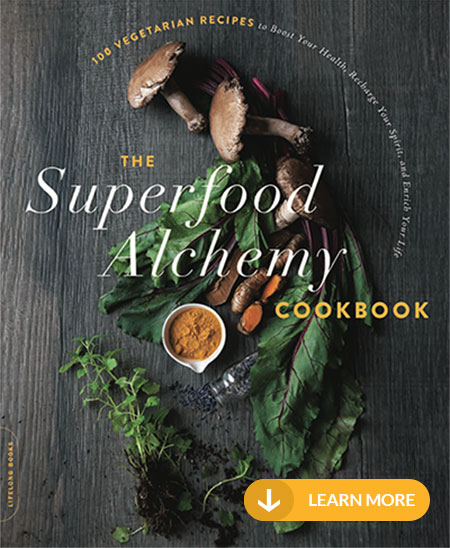

 Are you ready to look better, feel more energized, and get back that youthful feeling you remember having as a kid? I can help you on a journey that will change the way you eat — for good. My
Are you ready to look better, feel more energized, and get back that youthful feeling you remember having as a kid? I can help you on a journey that will change the way you eat — for good. My 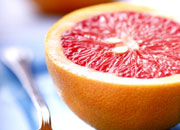



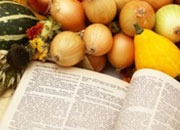

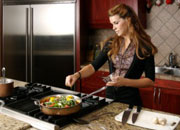



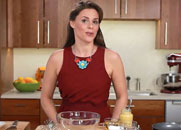

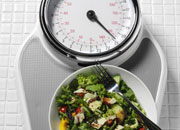


 As a healthy cooking expert, health coach and TV host,
As a healthy cooking expert, health coach and TV host, 

